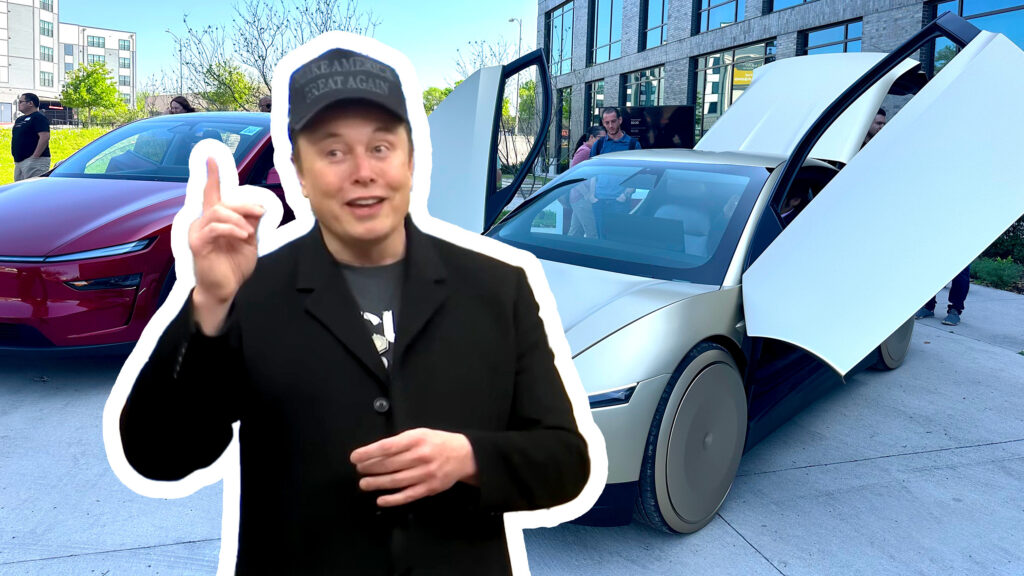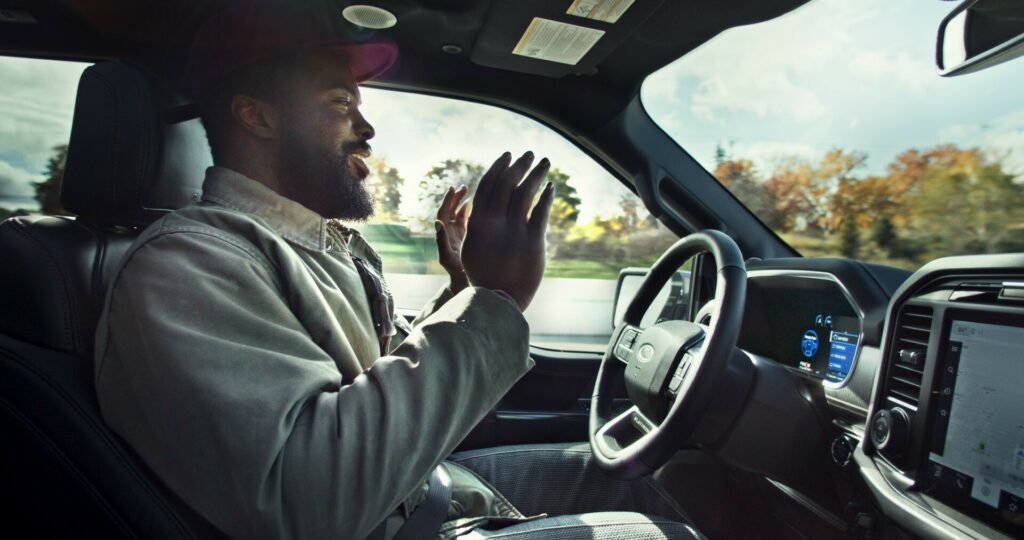The New Autonomous Vehicle Framework

The conversation surrounding self-driving cars in the U.S. just took a major turn. The National Highway Traffic Safety Administration (NHTSA) has announced a fresh framework to expedite the arrival of autonomous vehicles on the market. By trimming down regulations, this initiative is poised to speed up technological milestones in the self-driving sector, directly affecting how companies like Tesla plan to roll out Level 5 autonomous technology.
Safety and Innovation

This new framework, termed the Automated Vehicle (AV) Framework, aims to balance three critical priorities: ensuring safety, fostering innovation, and widening the scope for commercial deployment. Essentially, it’s about creating an environment where tech can advance rapidly while keeping an eye on safety metrics. It’s believed to give companies like Tesla a broader canvas for their bold self-driving aspirations.
Changes in Crash Reporting
An interesting shift is occurring in crash reporting requirements. Previously, any incident involving cars equipped with Level 2 autonomy or higher had to be formally reported. But under the new rules, models operating at Level 2 and Level 3, which include many vehicles from Tesla, Ford, GM, and others, will no longer need to document every scrape and scratch. This means only crashes involving Level 4 or higher technology will remain under the reporting lens. For the public, this change implies a cloudier picture of how safe these systems truly are on the road.
Expanding AV Testing
The AV Exemption Program sees expansion under the new framework. U.S.-built vehicles can now apply to be part of this exemption, allowing them to hit public roads for testing, even when they don’t meet all existing standards. This move not only encourages domestic innovation but also signals a broader embrace of advancing vehicle technologies in real-world settings.
Additionally, the anticipated increase in commercial deployment opportunities is likely to eliminate quantity caps on autonomous vehicles per manufacturer. Tesla, for example, previously restricted to deploying 2,500 AVs nationwide, might find this limit lifted, potentially flooding roads with its self-driving systems.
Driving Experience
Driving autonomously under these systems presents an experience unmatched by traditional vehicles. In comparison, traditional driving offers complete control—a feeling cherished by many. Yet, autonomous cars promise reduced stress levels, seamless traffic navigation, and a futuristic vibe that has its charm. The perceived safety of fully-autonomous systems could rival the tranquility found in a chauffeur-driven ride, if executed correctly.
The big question is whether this framework represents a stride toward safer roads or a journey into uncharted territory where some may still feel apprehensive about a robot at the wheel. With eyes on the prize of leading the world in car tech, the U.S. is setting quite a stage for what’s next in the world of autonomous vehicles.
Uber VW Drive Forward
Alpine's U.S. Delay
EV Battery Breakthrough
VW ID Buzz Hits LA
GWM Enters V8 Market